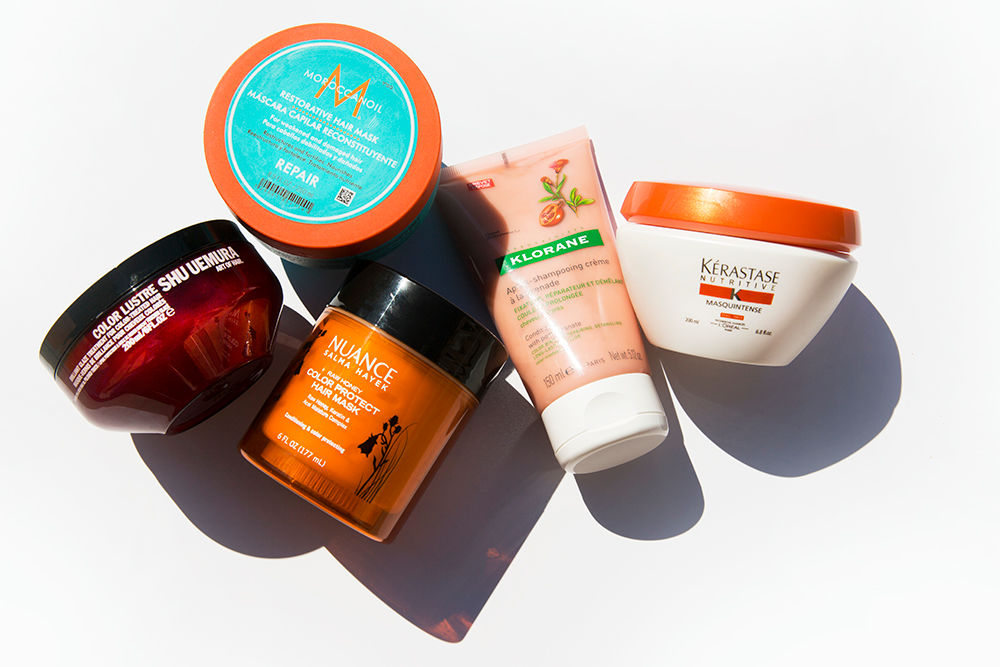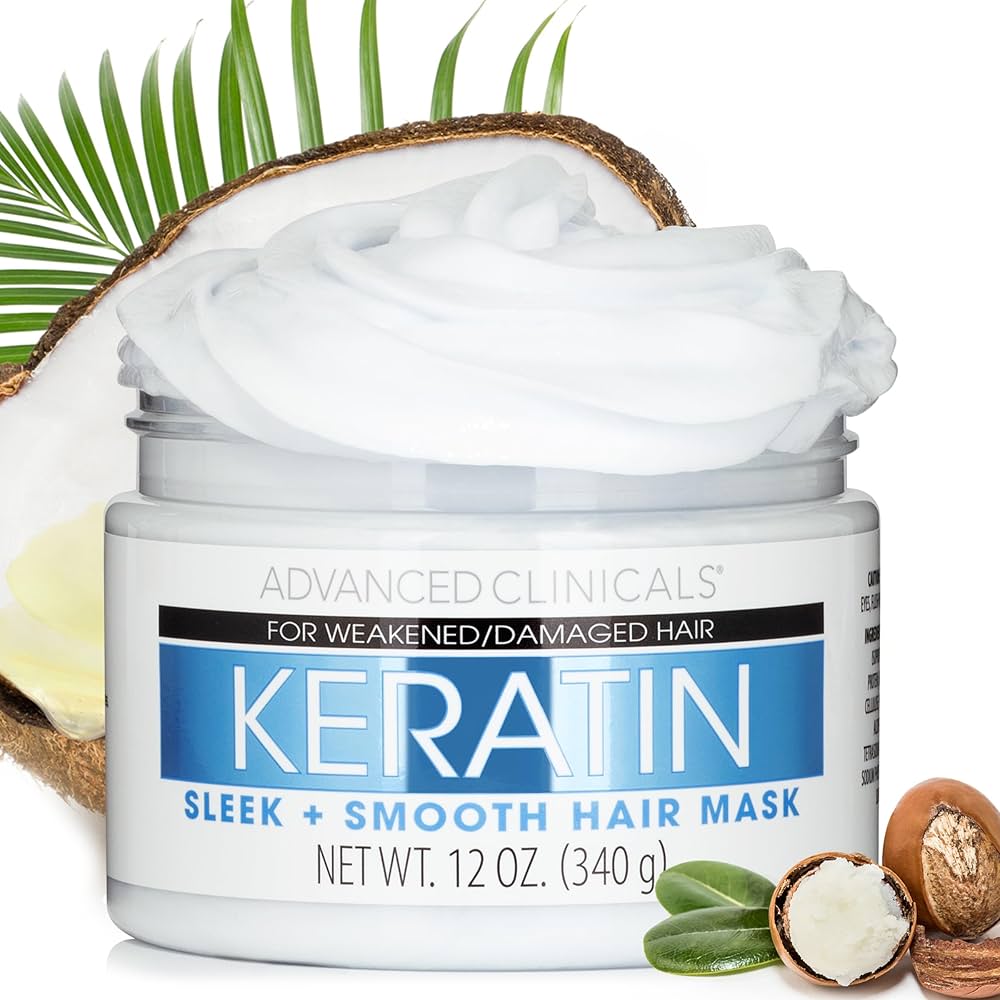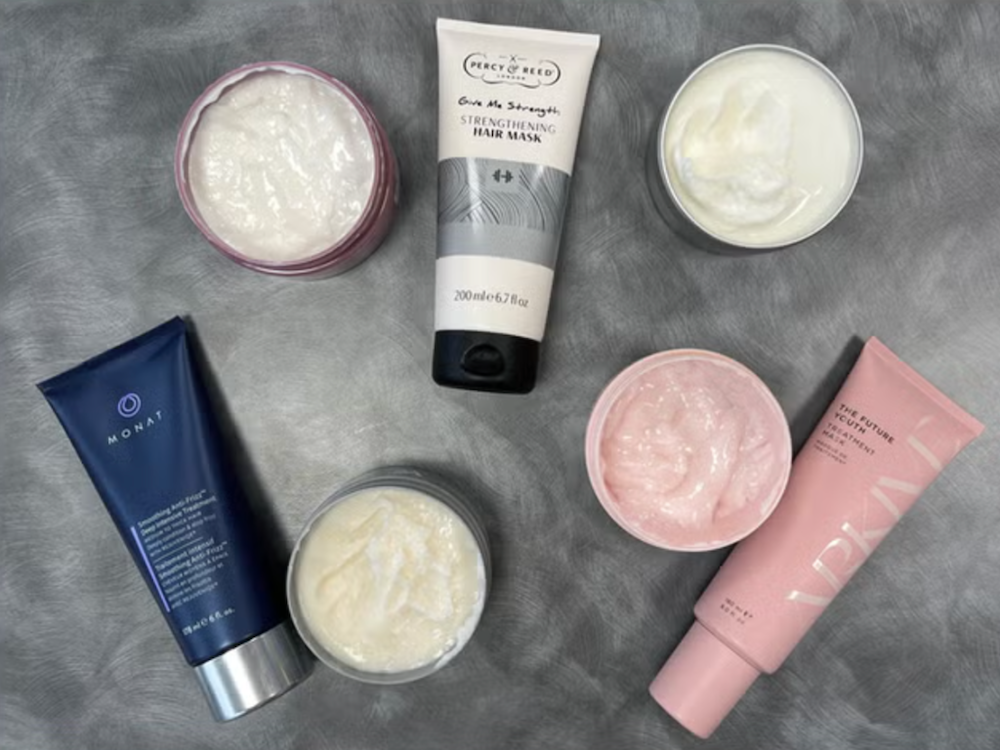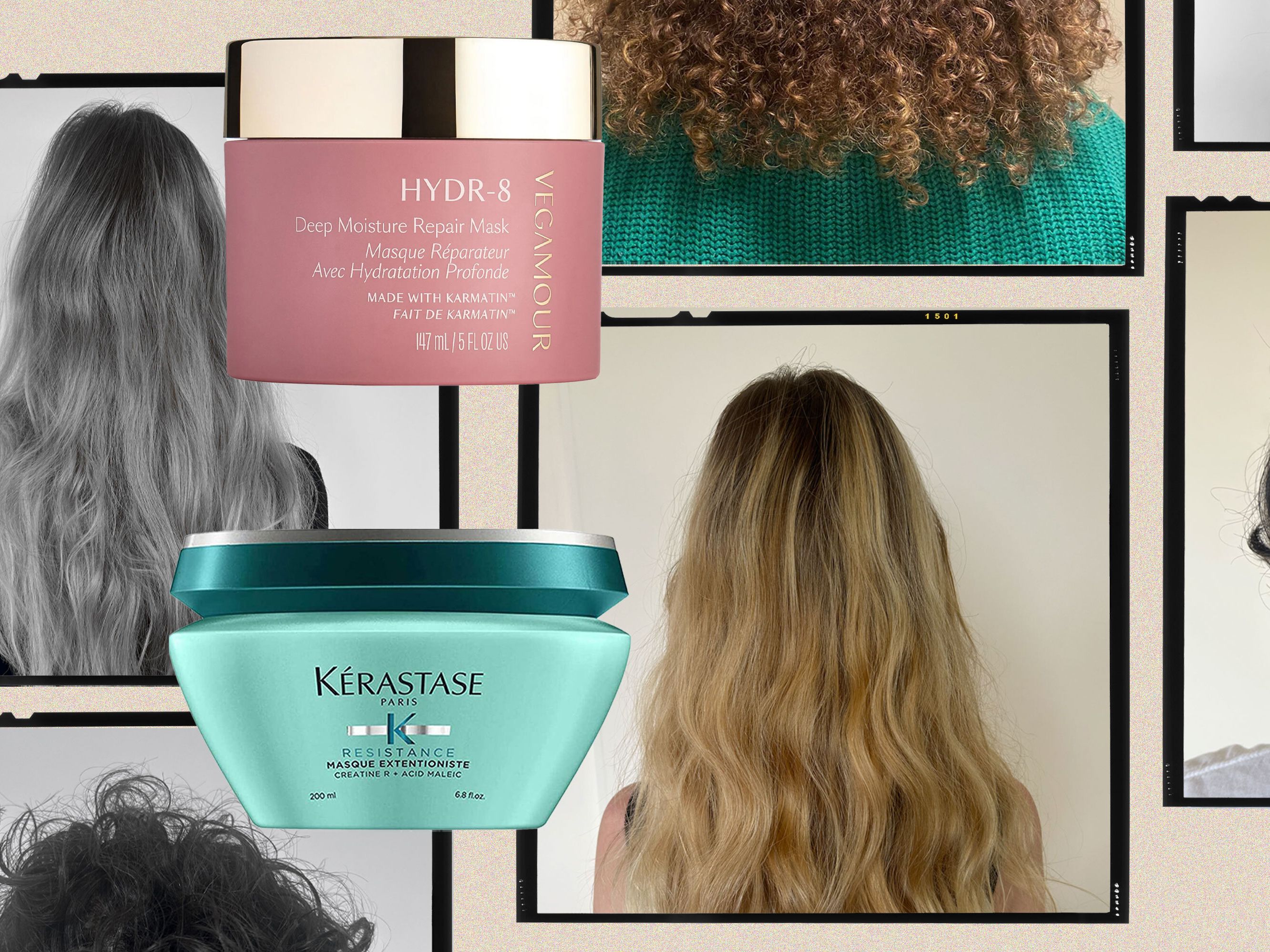


Date: 03 Nov 2025
If your hair has endured colour treatments, heat styling or chemical processing, it likely needs more than just a standard conditioner. Investing in a quality hair mask specifically for damaged and coloured hair can make all the difference in restoring strength, shine and elasticity.
In this article we’ll explore why hair masks are essential, what ingredients to prioritise (keratin, shea butter, proteins), our top picks for masks, and how often to use them — plus bonus tips to get even better results.
When hair is damaged or colour-treated, the cuticle becomes rough, the cortex can lose proteins, and the overall shaft may become porous, brittle and lacking moisture.
A hair mask provides a deep treatment — more concentrated than a regular conditioner — that penetrates the hair shaft, replenishes lost nutrients and seals the cuticle. According to expert reviews, such treatments help to “repair chemically treated, coloured or over-processed hair” by delivering both moisture and strengthening agents.
Moreover, hair masks help maintain colour vibrancy and reduce breakage. For colour-treated hair especially, specialised masks help protect the pigment, smooth the cuticle and reduce fading.

When selecting a hair mask for damaged or coloured hair, the ingredient list matters. Below are key ingredients to prioritise:
Keratin is a structural protein in hair; when hair is chemically processed, many keratin bonds are broken. Using keratin-infused masks helps restore some of that structure. For instance, natural-ingredient articles reference “keratin, quinoa protein, avocado oil, honey” as useful for fine colour-treated hair.
Proteins in hair masks help reinforce the cortex of the hair shaft, reducing breakage and improving strength. According to Allure: “Key ingredients: peptides, wheat protein; hair type: colour-treated, damaged or over-processed hair.”
For damaged hair, moisture and sealing the cuticle are just as important as rebuilding the structure. Rich butters such as shea butter, along with oils like avocado or argan, help replenish lipids lost during colour treatments and heat styling.
While the three above are core, you’ll also find masks that include humectants (like hyaluronic acid or glycerin) to draw in moisture, antioxidants to protect from environmental damage, and bond-repair technology (e.g., specialty ingredients).
When you combine all these ingredient types, you’re looking at a comprehensive mask: structural repair + moisture replenishment + cuticle sealing/protection.

Here are five highly recommended hair masks that deliver repair for damaged and colour-treated hair. (Check local availability and suitability for your hair type.)
Here’s a little breakdown of each:
This L’Oréal Professionnel Serie Expert Vitamino Color Masque salon-grade mask is a must-have for anyone with colour-treated or chemically processed hair. Infused with resveratrol and antioxidants, it helps protect colour from fading while deeply nourishing brittle strands. The formula smooths the cuticle, restores softness, and enhances radiance — keeping your hair vibrant and healthy for longer.
Ideal for damaged, coloured, or heat-styled hair, this rich treatment combines shea butter, peppermint oil, and keratin proteins to fortify weak strands from root to tip. It helps reduce breakage, improve elasticity, and restore moisture balance while leaving hair smooth and manageable. Perfect for natural, relaxed, or colour-treated textures that need deep restoration.
One of the most innovative repair treatments available, Olaplex No.8 uses bond-building technology to repair internal hair damage caused by bleaching or colouring. It hydrates, strengthens, and adds shine without weighing hair down. With regular use, your strands regain elasticity, softness, and a salon-like smooth finish.
Formulated with gold quinoa and protein, the L’Oréal Professionnel Absolut Repair Mask instantly repairs extremely damaged hair while adding a silky touch. It rebuilds the hair fibre, restores strength, and provides long-lasting nourishment. Whether your hair is dry, over-processed, or colour-treated, this treatment helps you achieve healthy, lustrous results in minutes.
Perfect for damaged and porous hair, Schwarzkopf mask penetrates deep into the hair structure to repair and restore vitality. Enriched with arginine and keratin, it rebuilds the hair’s inner strength and improves resilience. After a few uses, your hair feels stronger, smoother, and more radiant — with reduced breakage and colour fading.

The frequency of use depends on how damaged your hair is, what type of mask you’re using, and your hair’s texture. Here are general guidelines:
Application tips:
While much attention goes to the lengths and ends of colour-treated hair, don’t neglect the scalp and root area. A healthy scalp supports strong hair growth. If you’ve used bleach or heavy chemical treatments, occasional scalp-safe treatments or clarifying masks (avoiding the roots of heavy protein masks) can help maintain scalp health.
There are essentially two repair approaches: bond-repair masks (target broken internal bonds in hair) and moisture-repair masks (focus on surface smoothing, lipids, oils). Choose a bond-repair mask if your hair has been bleached, heavily processed or is extremely brittle.
Choose moisture-repair if your main issue is dryness, colour fade or dullness. Many modern masks combine both. For example, a review of a bond-repair mask noted “reduces breakage in 10 minutes” for over-processed hair. Briogeo
Repair masks are vital, but you should also adopt supportive habits to maintain health and colour:
Damaged and colour-treated hair deserves more than basic upkeep: it needs targeted repair, nourishing ingredients and consistent care. By understanding why hair masks are essential, focusing on key ingredients like keratin, shea butter and proteins, choosing top quality masks tailored to your hair’s needs, and using them with the correct frequency, you’ll give your hair the best chance to rebuild, shine and vibrantly hold its colour.
Q1: Can I use a hair mask instead of conditioner every time?
Yes — in many cases, you can substitute a hair mask for your conditioner once a week or as directed, especially when your hair is very damaged or colour-treated. Some sources suggest skipping conditioner on the days you use a mask.
Q2: Will a hair mask repair split ends?
A hair mask can improve the appearance of split ends by smoothing and coating the hair shaft, reducing frizz and making ends look healthier — but it cannot fully heal split ends (only trimming can remove them). Regular masking helps delay further splitting.
Q3: My hair is colour-treated and fine — can I still use a mask?
Yes — but choose a mask formulated for fine hair (lighter texture) and use less frequently or for a shorter duration to avoid heaviness. For example, one article recommends a mask “specifically formulated for fine to medium hair” that does not weigh it down.
Q4: How long should I leave the mask on?
Follow the product instructions. Typical masks require 5-20 minutes post-shampoo. Some intensive treatments may require longer. Leaving it on longer than recommended may not yield extra benefits and could make hair feel heavy or greasy. One source emphasises following the time indicated on packaging.